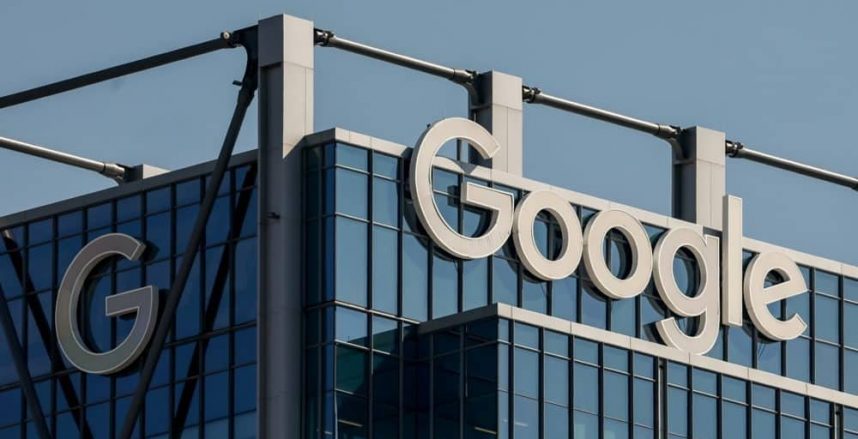
A fake location on Google Maps named ‘Ratko Mladic Park’, placed in the middle of the Srebrenica Memorial Centre cemetery, where genocide victims are buried, has been removed after complaints that it was an insult to the dead.

Google’s building in Atlanta, Georgia, US. Photo: EPA-EFE/ERIK S. LESSER.
The Srebrenica Memorial Centre told BIRN a fake location found on Google Maps by its staff while booking accommodation online has now been removed.
Almasa Salihovic, spokesperson for the Memorial Centre, said the fake location was in the middle of the cemetery where the bodies of the Srebrenica dead are buried.
She described it “another in a series of insults” to victims and survivors of the Jully 1995 genocide of Bosniaks by Bosnian Serb forces led by Mladic.
She said it could be another attempt to deny the genocide happened or a “practical joke”.
Mladic was convicted of genocide and other wartime crimes by the Hague Tribunal and sentenced to life imprisonment.
Bosnian law prohibits the denial of genocide and the glorification of war criminals. The person who put the non-existent ‘Ratko Mladic Park’is criminally liable, said lawyer Edvin Agic.
Agic said that by doing it, “the perpetrator of this act is denying and minimising the circumstances under which people were killed on a massive scale, which deeply offends the victims and survivors”.
Lawyer Mirnes Ajanovic said that if the state prosecution receives a complaint, it is obliged to investigate and find out who was responsible. He added that it is easy to follow digital traces, such as IP addresses and user accounts, which can serve as key evidence to identify the perpetrator.
“The person responsible for adding this fake site must be criminally prosecuted under the law. This situation also raises an important question of the responsibility of digital platforms such as Google, which must take a more active role in prevention and more effective monitoring, so as to prevent such abuses in the future,” Ajanovic says.
The state prosecution said it has not yet received a complaint about the incident.
Salihovic said that after the Ratko Mladic Park tag was visible for one week, Google deleted it from the map.
Gabriela Chiorean, communications manager at Google, told BIRN that its automated systems and trained operators work constantly to monitor maps for suspicious behaviour, including incorrect changes to locations.
Chiorean added that Google has made it easier for users to report misleading locations and inappropriate content.
“Enabling users to suggest changes to the maps helps us have more complete and up-to-date information, but we are aware that sometimes incorrect or bad changes can be suggested,” she said.
“When this happens, we do everything we can to solve the problem as soon as possible. We use manual and automated systems to detect spam and fraud, but we do not share details about our processes, so as not to reveal information to those having bad intentions,” she added.
Emir Alibasic, a court expert in information and communications, said that anyone can request a change of data, from Google which will be accepted if it meets the criteria set by the algorithm.
“When it comes to placing certain locations on the map, in this case, the person who uploads that information must have a Google account, which anyone can register, unfortunately,” he said.